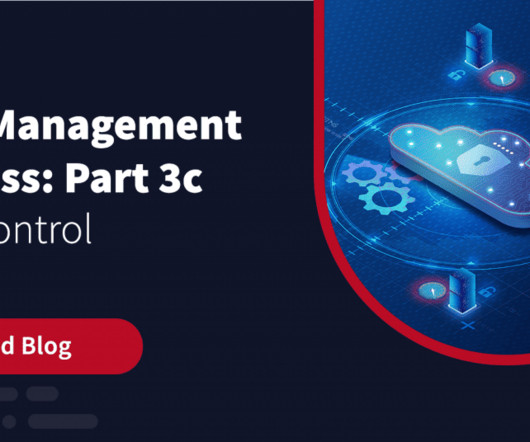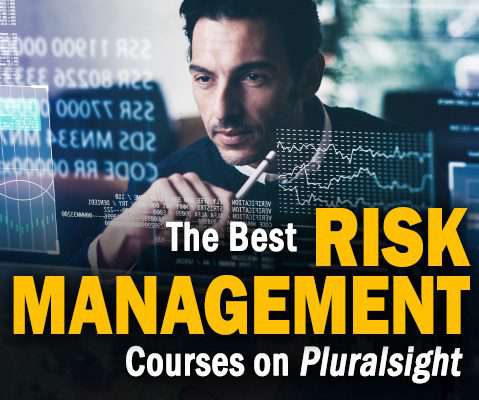5 Steps towards an Actionable Risk Appetite
LogisManager
JANUARY 12, 2023
Risk tolerances, on the other hand, set acceptable levels of variation in performance that can be readily measured. For example, a company that says it doesn’t accept risks that could result in a significant loss of its revenue base is expressing a risk appetite. Risk Appetite. Risk Tolerance.
















Let's personalize your content